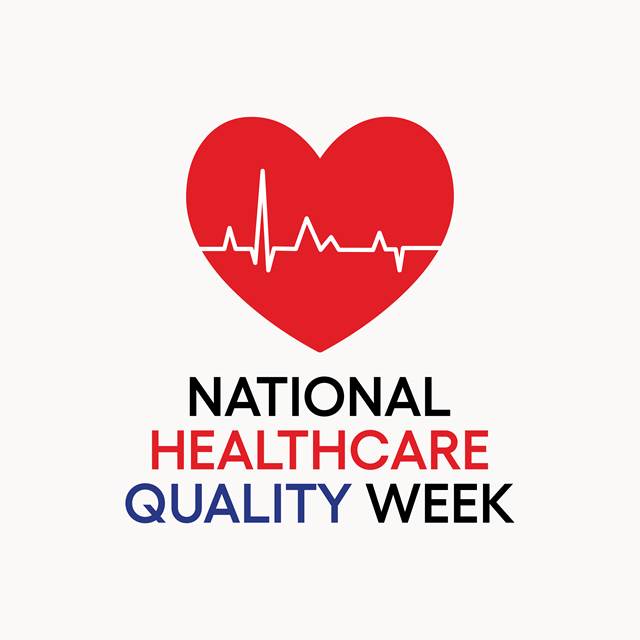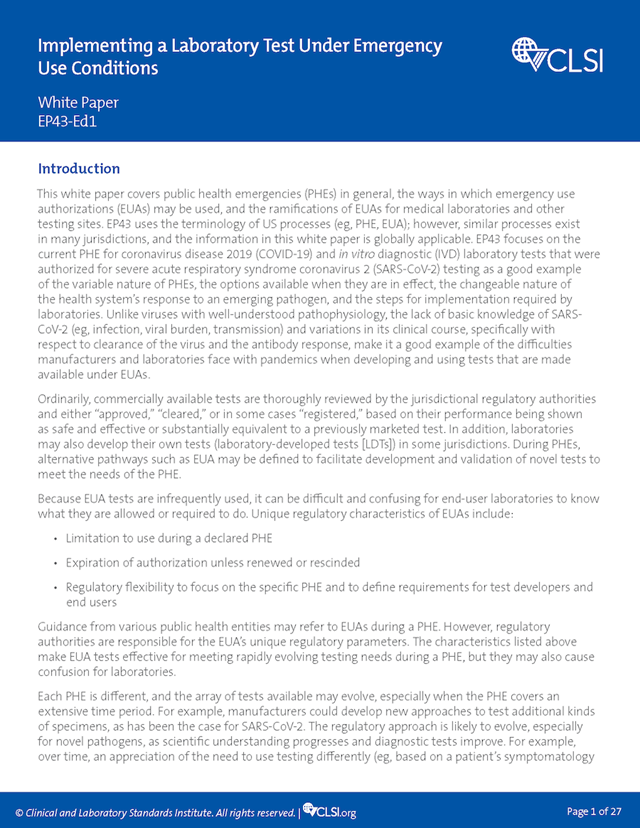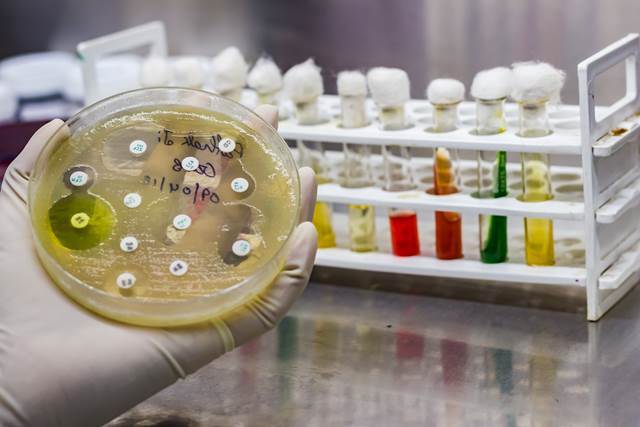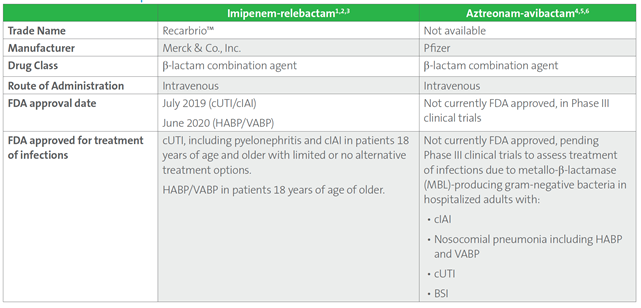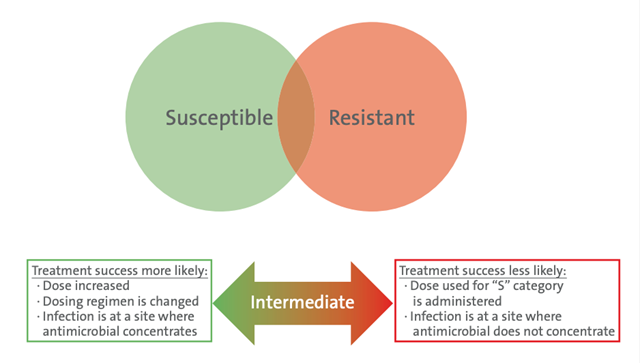World Standards Week 2021
ANSI’s World Standards Week (WSW) is a premier annual gathering that brings together ANSI members and private- and public-sector stakeholders from across the standards and conformity assessment communities to engage on priority issues and celebrate standardization achievements. To protect health and safety while bringing together our members and participants, ANSI is splitting World Standards Week 2021 across fall 2021 (virtual events) and spring 2022 (in-person events).
Read More

